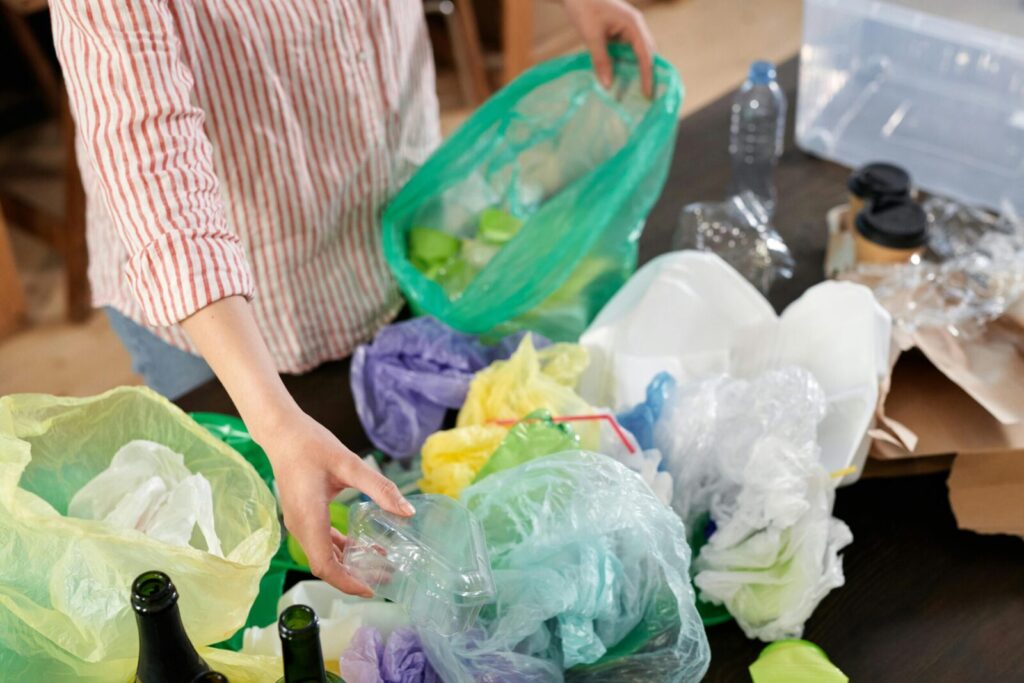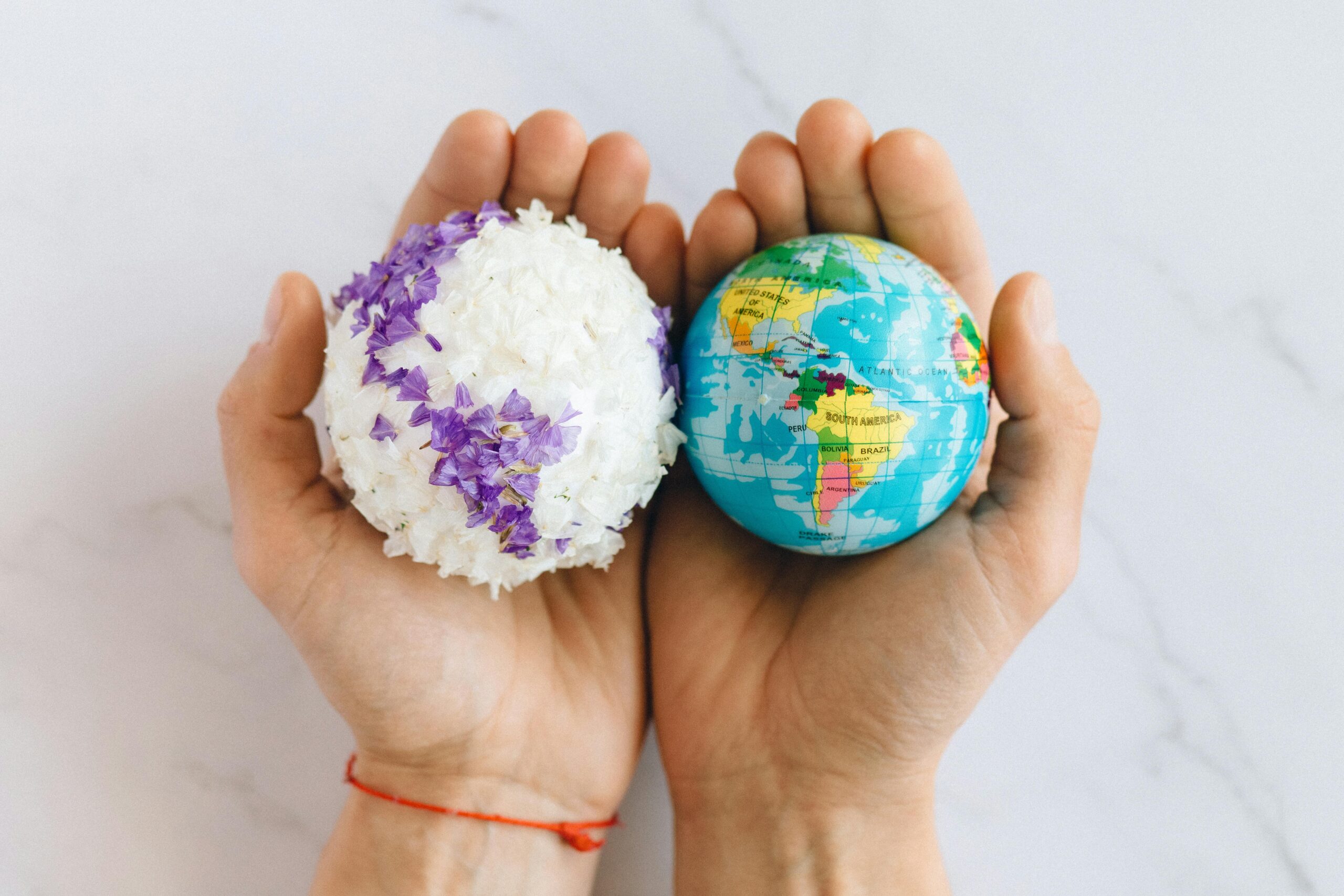Plastic bags have become a ubiquitous part of modern life, appearing in grocery stores, retail shops, and households worldwide. Introduced in the 1960s, their convenience quickly made them a staple for carrying goods. However, the environmental impact of single-use plastics and the potential health risks have prompted many to ask: Is it safe to reuse plastic bags? While reusing them may reduce waste, it requires careful handling to avoid contamination. This guide explores everything you need to know about safely reusing plastic bags.
Understanding the Types of Plastic Bags

Not all plastic bags are created equally. Grocery bags, produce bags, and heavier-duty retail bags are made from different plastics, such as high-density polyethylene (HDPE) or low-density polyethylene (LDPE). These differences affect durability, strength, and how easily bacteria can accumulate. HDPE bags, often used for groceries, are thinner and more prone to tearing, while LDPE bags are thicker and more resilient. Knowing the type of bag helps determine how many times it can be safely reused without compromising food safety or structural integrity.
Risks of Bacteria and Contamination
Plastic bags can harbor bacteria from raw food, moisture, or leftover residue. Studies have shown that bacteria like Salmonella and E. coli can survive on plastic surfaces for hours or even days. Reusing bags without cleaning them first can transfer harmful microbes to fresh food items. Therefore, careful inspection and proper handling are essential. Avoid using bags that have contained raw meat or seafood for other foods unless they have been thoroughly sanitized. Awareness of these risks helps prevent foodborne illness in everyday life.
Cleaning Plastic Bags for Reuse
While some plastic bags are labeled for single use, many can be rinsed and dried for reuse. Washing them with warm water and mild soap is usually sufficient. After cleaning, allow the bags to air dry completely before storing or using them again. Moisture left inside the bag can promote bacterial growth, so drying is crucial. Reusable grocery bags made of thicker plastic or fabric are easier to clean and tend to last longer. Regular cleaning routines make it safer to reuse bags while minimizing health risks.
Reusing Bags for Non-Food Purposes

One of the safest ways to extend the life of plastic bags is to repurpose them for non-food tasks. They can be used as trash liners, for storing shoes, or as packing material. These uses eliminate the risk of bacterial contamination associated with food storage. Creative reuse also helps reduce environmental impact by keeping plastic out of landfills. Even bags that have been torn or worn can often serve these secondary purposes, making them useful without compromising hygiene or safety.
Risks of Reusing Bags for Food Storage
Reusing plastic bags for storing food can be risky, especially for raw or moist items. Repeated use increases the likelihood of microscopic tears where bacteria can accumulate. Additionally, some plastic bags contain chemicals that may leach into food over time, particularly when exposed to heat. For optimal safety, use clean, undamaged bags for storing dry items like bread or snacks. For meat, poultry, or produce, it is safer to transfer them to containers or freshly sanitized bags to avoid potential contamination.
Plastic Bags vs. Reusable Alternatives

Modern alternatives like cloth or silicone bags offer a safer option for repeated use. These materials are more durable and easier to clean than thin plastic. Many are machine washable and designed to resist bacteria, making them ideal for food storage. Switching to reusable bags also reduces single-use plastic waste, contributing to environmental sustainability. While plastic bags are convenient, understanding their limitations and exploring alternatives can protect both health and the planet.
Storage Tips for Reusing Plastic Bags
Proper storage is crucial when planning to reuse plastic bags. Keep them in a dry, cool place away from sunlight, which can weaken the plastic and promote bacterial growth. Fold or roll them neatly to prevent tears and allow for easy access. Avoid storing bags that have contained raw food without washing them first. Organizing them carefully not only extends their usable life but also reduces the risk of cross-contamination in your kitchen. Small storage habits can make a big difference in safety.
Recognizing When to Dispose of Bags
Even reusable plastic bags have a lifespan. Signs like holes, excessive stretching, or strong odors indicate it’s time to throw them away. Using compromised bags for food increases the risk of contamination. Similarly, bags that have held raw meat or seafood multiple times should be discarded sooner. Recycling programs may accept certain plastics, so check local guidelines before disposing. Being attentive to wear and tear ensures that reuse remains safe and responsible, protecting both health and the environment.
Environmental Considerations

Reusing plastic bags reduces the demand for new single-use plastics, which require oil-based resources and contribute to pollution. By extending the life of existing bags, households can lower their environmental footprint. However, improper disposal or repeated unsafe reuse can counteract these benefits. Balancing safety and sustainability means using bags wisely, cleaning them when possible, and recycling or repurposing them responsibly. Conscious habits help both personal health and planetary well-being.
Final Recommendations
Plastic bags can be reused safely if handled carefully, cleaned regularly, and used for appropriate purposes. Avoid using damaged bags for food, and consider alternatives like reusable fabric or silicone bags for better hygiene. Repurposing for non-food uses also extends their life while reducing environmental impact. Being mindful of these practices allows you to benefit from convenience without compromising safety. Understanding the risks and taking simple precautions makes reusing plastic bags a responsible and practical choice.
Comments